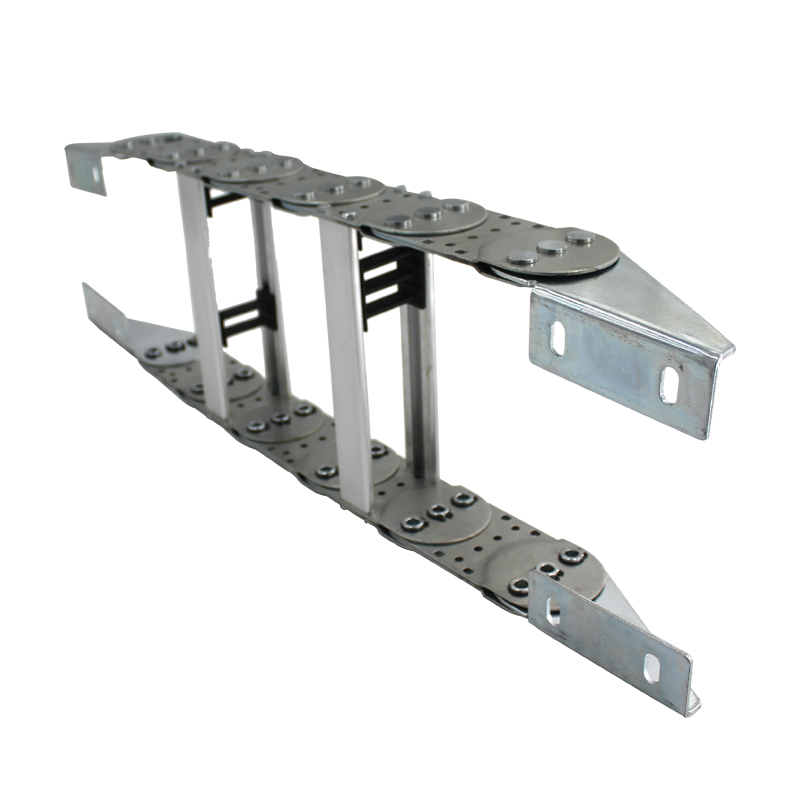chip screw conveyor
Understanding Chip Screw Conveyors A Critical Component in Material Handling
In various industrial applications, efficient material handling is vital for maintaining productivity and operational efficiency. Among the various types of conveyors used in these processes, chip screw conveyors play a crucial role, particularly in industries such as metalworking, wood processing, and recycling. This article will delve into the design, functionality, and advantages of chip screw conveyors, highlighting their significance in modern manufacturing and material handling systems.
What is a Chip Screw Conveyor?
A chip screw conveyor is a type of mechanical conveyor system designed to move bulk materials, predominantly chips, shavings, or other small particles generated from machining processes. The core component of a chip screw conveyor is a spiral screw (or auger) that rotates within a trough or tube to transport materials from one location to another. These systems are widely used to handle materials like metal chips, wood shavings, and other debris, making them an essential part of operations in factories and workshops.
Design and Operation
The design of a chip screw conveyor is relatively straightforward but highly effective. The rotating screw mechanism consists of a helical screw blade mounted on a central shaft, enclosed within a trough or tube. As the screw rotates, it propels the material along its length, from the intake end to the discharge end. This movement can be facilitated by gravity, especially in inclined installations, or can be designed to operate horizontally, depending on the specific requirements of the application.
Several factors influence the design of a chip screw conveyor, including the type of material being handled, the required throughput, and the layout of the facility
. The diameter and pitch of the screw, along with the length of the conveyor, are critical considerations that affect the efficiency and effectiveness of material transport.Advantages of Chip Screw Conveyors
chip screw conveyor

One of the primary advantages of chip screw conveyors is their versatility. They can handle a wide range of materials, from fine powders to larger chips, making them suitable for various industries. Additionally, their capacity to transport materials over long distances and at varying angles provides flexibility in system design.
Another significant benefit is the enclosed design of many screw conveyors, which helps to contain dust and minimize material loss. This feature not only contributes to a cleaner work environment but also enhances safety by reducing the risk of fire hazards associated with airborne particles.
Maintenance is another vital aspect of chip screw conveyors. They generally require less maintenance compared to other types of conveyors due to fewer moving parts and their simple design. Regular inspections and proper lubrication can keep these systems running efficiently, resulting in lower operational costs over time.
Applications in Industry
Chip screw conveyors are used in numerous applications across different industries. In metalworking, they efficiently handle metal chips generated during machining processes, transporting them to separation units or collection bins. In woodworking, these conveyors manage wood shavings and sawdust, facilitating waste removal and recycling processes. Similarly, in recycling plants, they are employed to move various types of waste materials, contributing to resource recovery efforts.
Conclusion
In summary, chip screw conveyors are integral to efficient material handling in industrial operations. Their straightforward design, coupled with their ability to transport a variety of materials, makes them a preferred choice for many applications. As industries continue to evolve, the significance of effective material handling systems, including chip screw conveyors, remains paramount in achieving operational efficiency and sustainability. With continuous advancements in technology, the future of these conveyors looks promising, ensuring they will continue to play a vital role in modern industrial practices.








